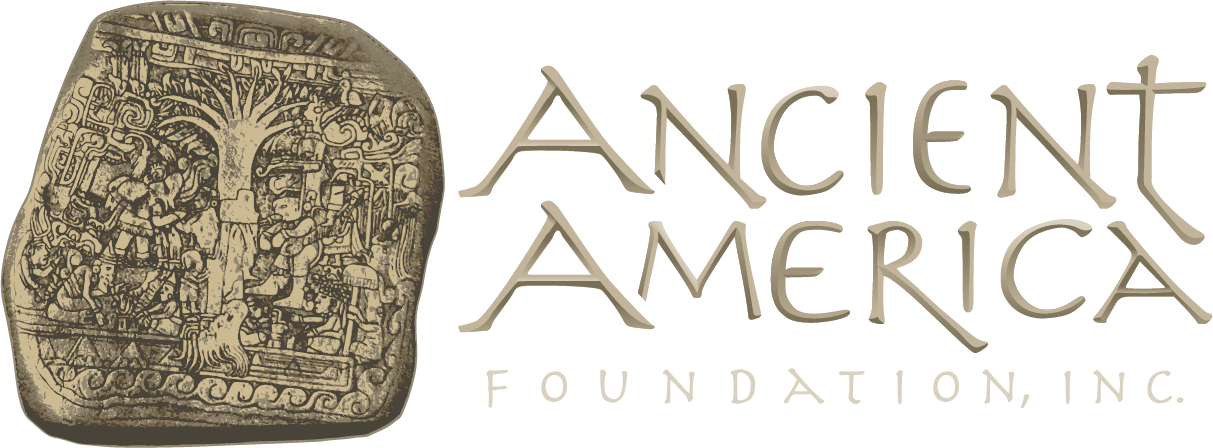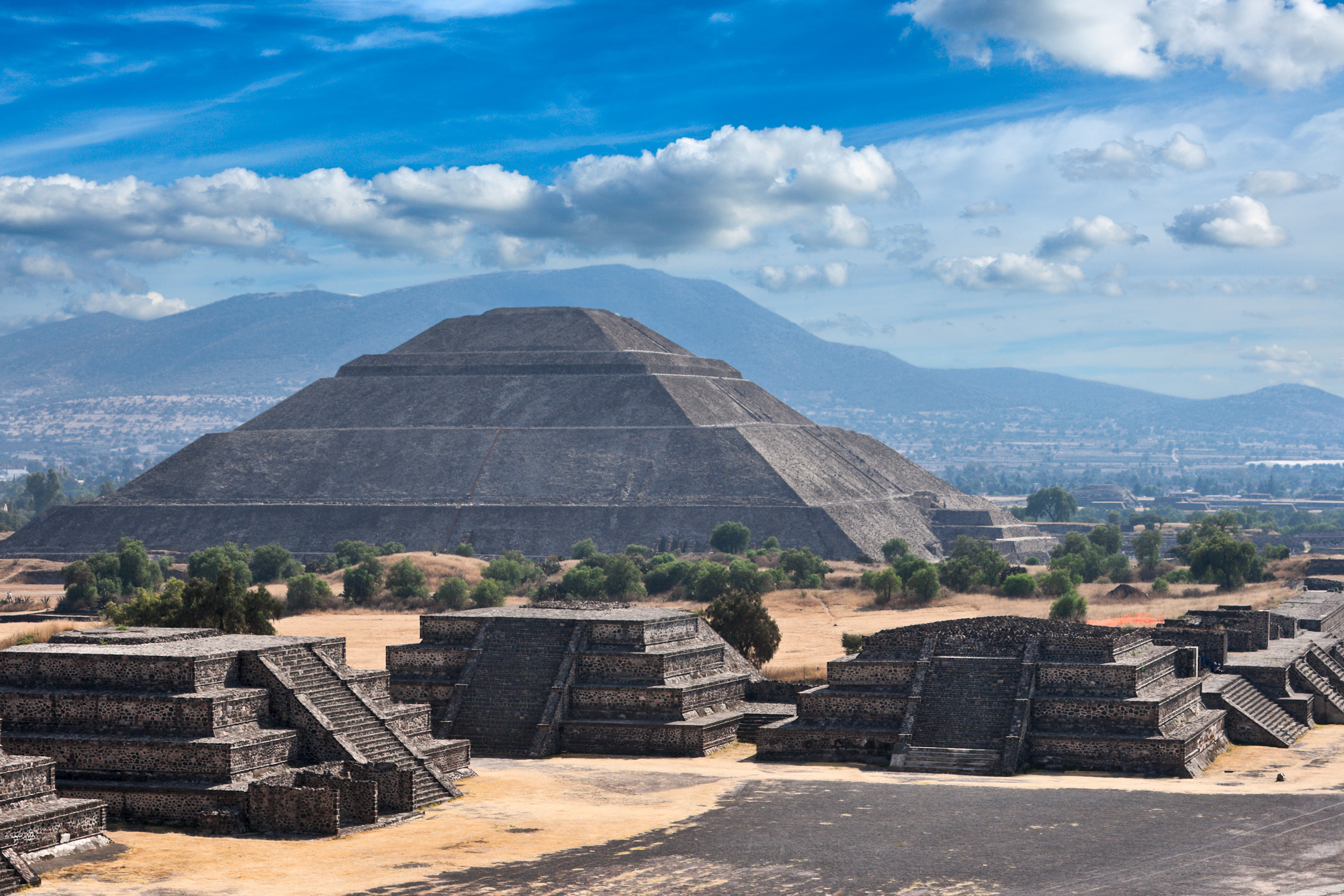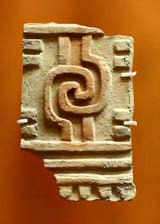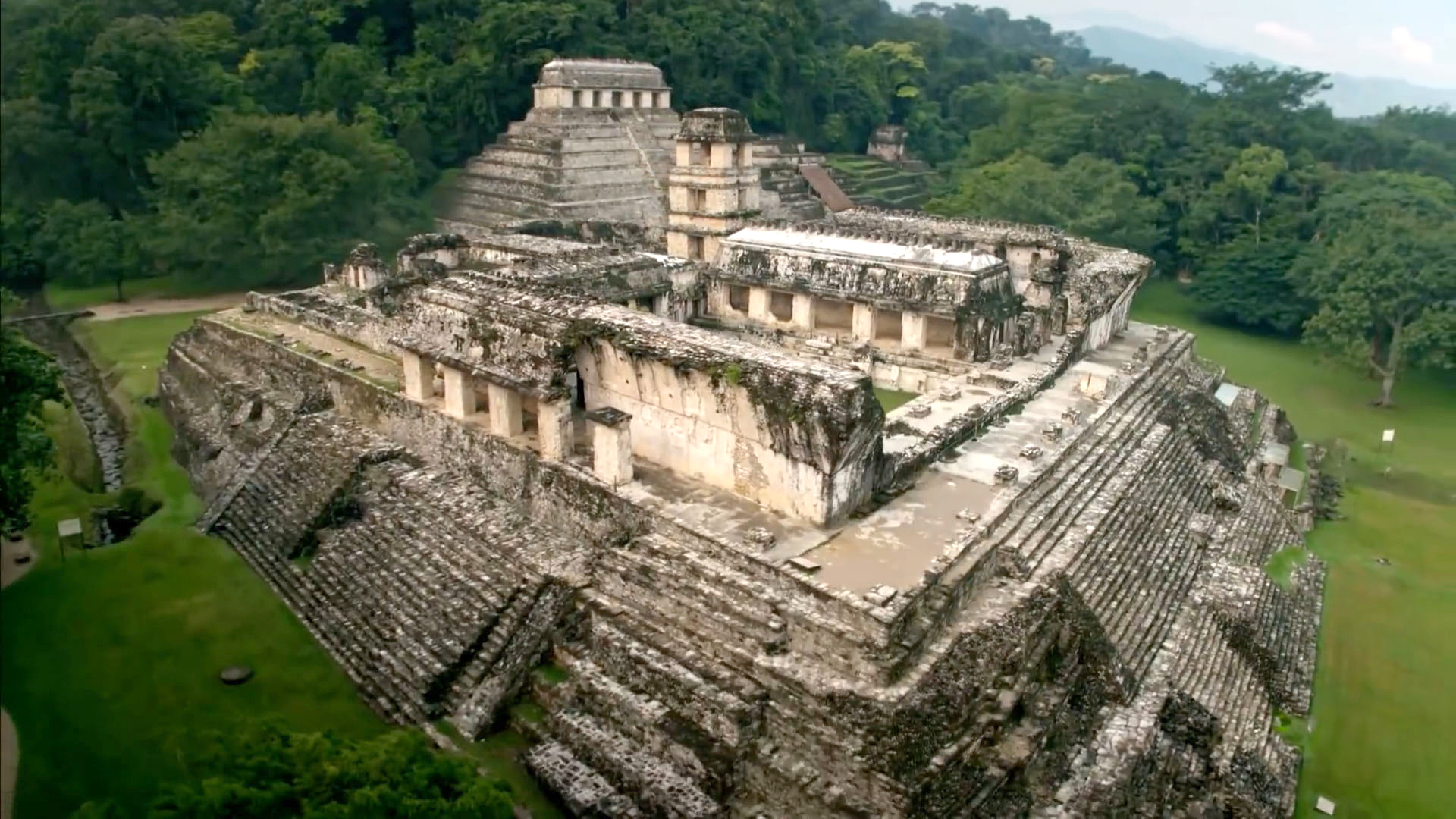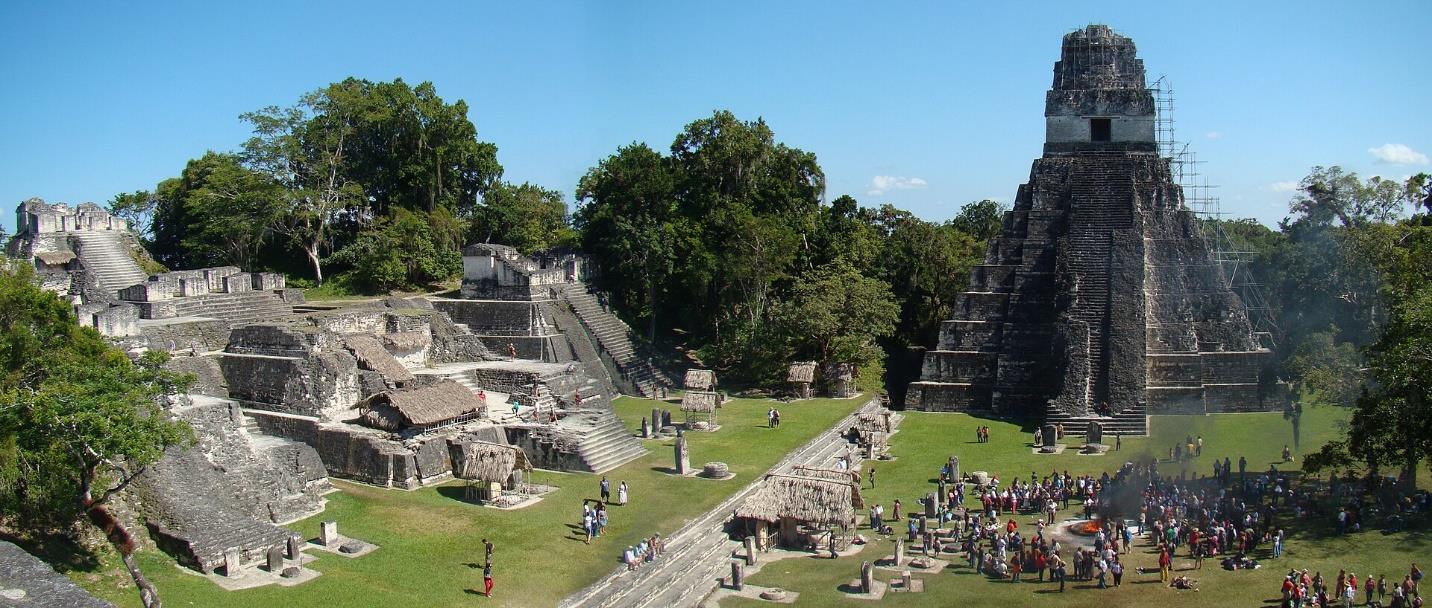Fig. 1- The Great Teotihuacan Center Photo by Garth Norman
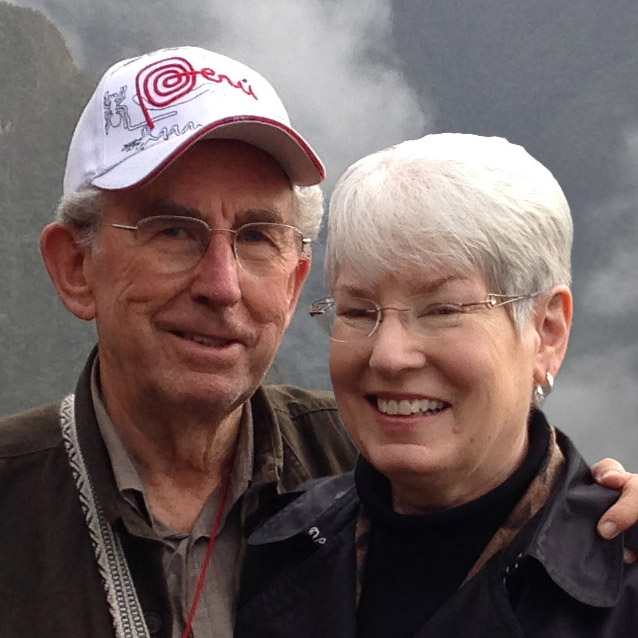
by Cheryl Norman (The legacy of V. Garth Norman lives on)
The enormous awe-inspiring Teotihuacan Temple Center, near Mexico City, is the crowning architectural achievement of Mesoamerican antiquities (ca. 100 BC–600 AD). Its three grand pyramids, Pyramid of the Sun, Pyramid of the Moon, and Pyramid of Quetzalcoatl, oriented to mountain peaks around the valley, were designed to keep the eyes of the city’s inhabitants on the heavens, man’s destiny. This religious political center was every bit as forceful in its design as the pyramids of Egypt and ziggurats of Mesopotamia.
The visitor, like ancient pilgrims, can walk through this megalopolis, and with the help of the visitor center museum at the entrance, try to grasp some vision of the magnitude of what transpired in this “city of the gods” where, according to Aztec tradition, man learned how to become a god. Clearly, a powerful religious society ruled here from its inception (100 BC).
Teotihuacan cubits.
Basic measurements that were used most consistently within the Fig. 3 golden mandala were the Royal Egyptian cubits. Other standards were probably
used as well, over the time span, for building this magnificent temple center.
Everything about the later Teotihuacan temple center (200 AD) is reflective of the earlier Izapa temple center (500 BC), far to the south, but on a far grander intellectual scale.

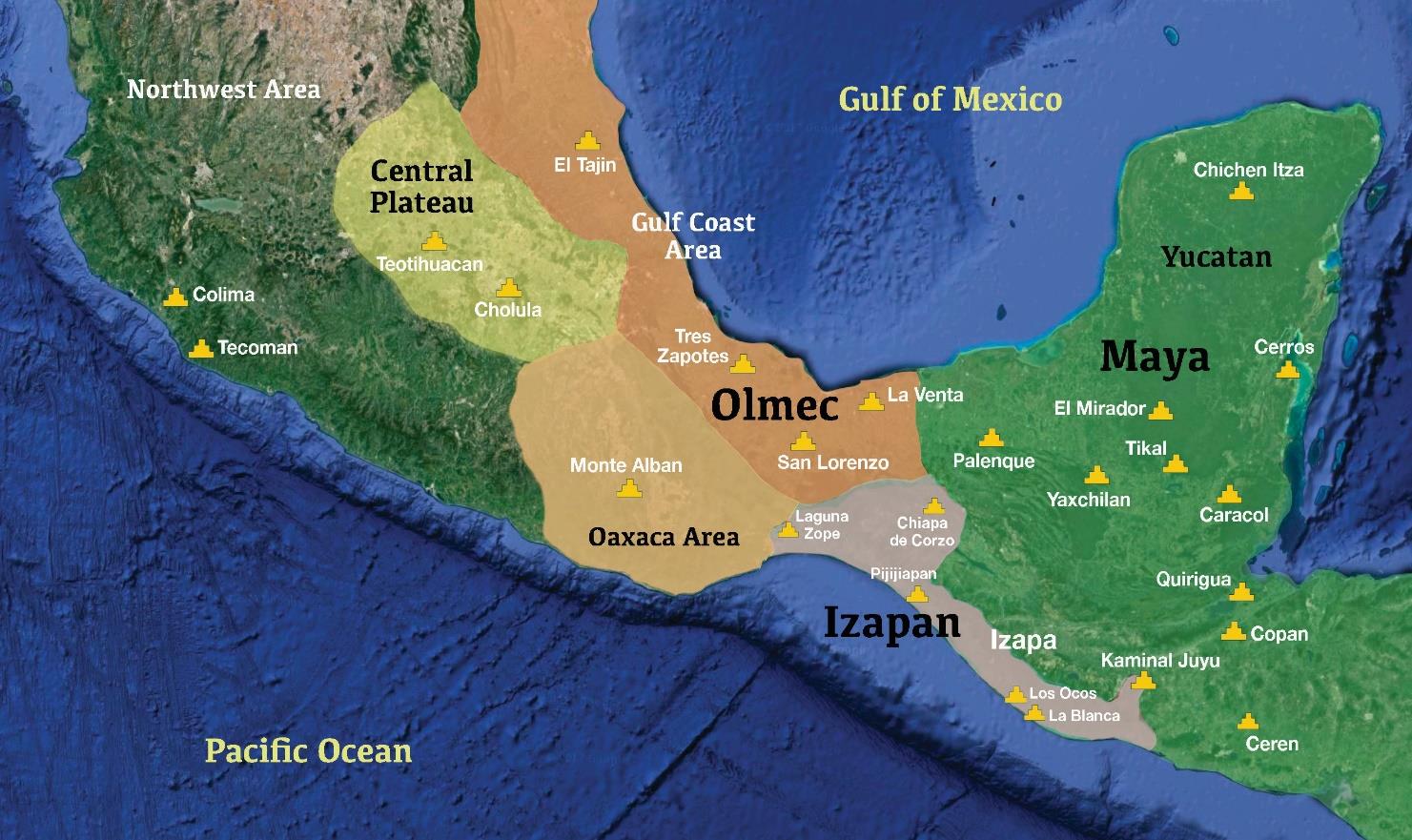
Izapa (500 BC) and Teotihuacan (100 BC) Connections
August 13, 3114 BC is the base date of the sacred 260-day Maya calendar at Izapa and Teotihuacan.
Pyramids are oriented to August 13 sunset at Izapa and Teotihuacan.
Three large pyramidal mounds, orientated to mountain peaks on summer solstice, and zenith passage alignments are at Izapa and Teotihuacan for calendar astronomy.
Rain symbols are carved on monuments at Izapa and Teotihuacan. A mural in the National Museum in Mexico City depicts the powerful rain god pouring the many gifts of heaven from his outstretched hands.
Feathered serpent life god Quetzalcoatl (meaning “raised up serpent” in Nahuatl) is depicted at Izapa and Teotihuacan.
Carbon dating of chocolate from the area of Izapa has confirmed ancient travel between Izapa and Teotihuacan in the first century BC (Coe, 2015).
The religious cosmology demonstrated at Izapa and Teotihuacan was anchored to the heavens as perfectly and completely as possible. How we cross the river of death into heavenly bliss, recorded at both these temple centers, is worth pondering. We may discover that these ancient people had it right (See Fig. 4 and description).
3 Nephi 19:5 The “multitude [was] so great that they did cause that they should be separated into 12 bodies.” (see Fig. 4)
This Teotihuacan article was from The Cubit Connection in Ancient World Migrations by V. Garth Norman (2018: pp.78-80)
Video: Teotihuacan, Mexico, main structures c. 50- 250 C.E. Speakers: Dr. Lauren Kilroy-Ewbank and Dr. Beth Harris. Created by Beth Harris and Steven Zucker.
Watch this video to learn more
